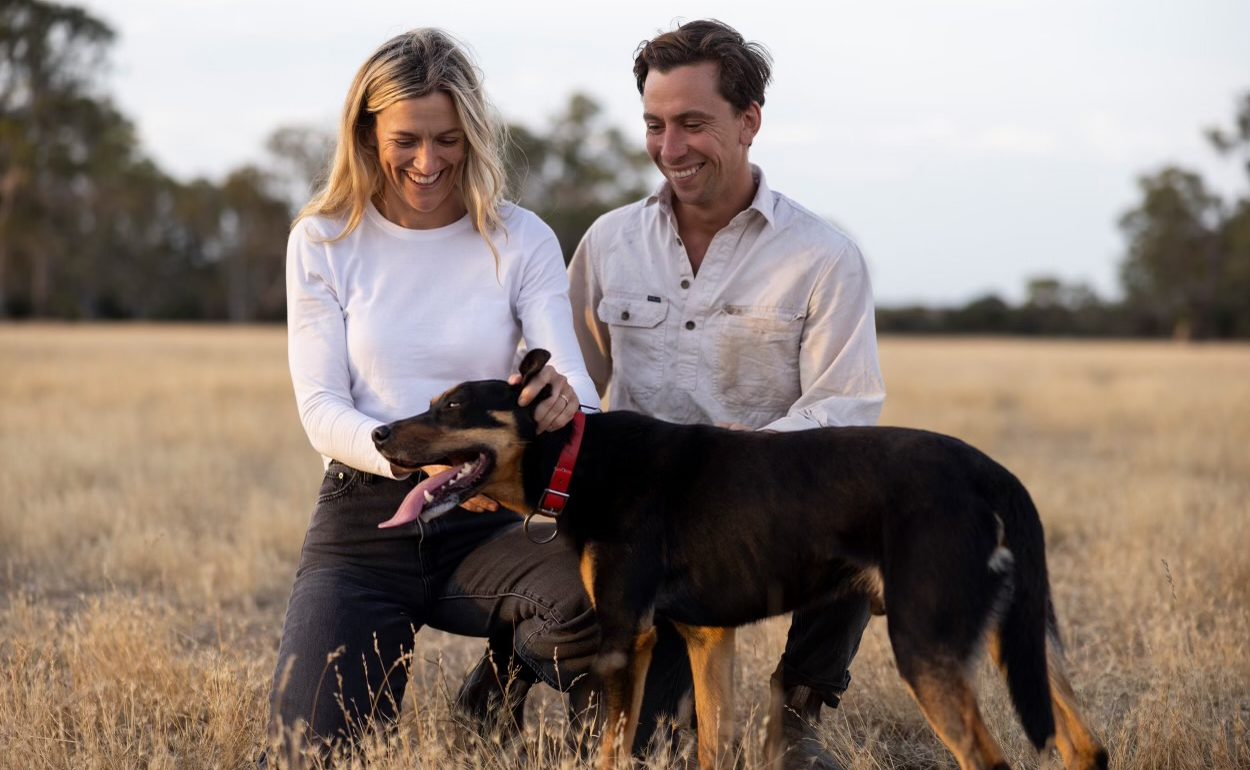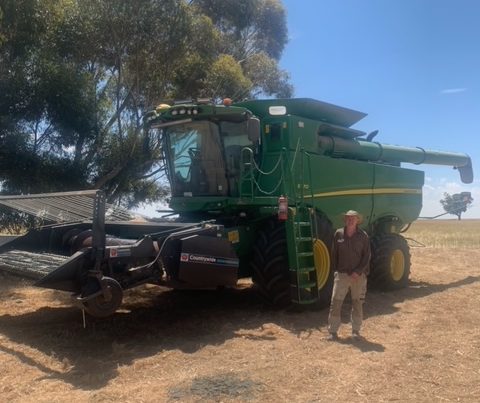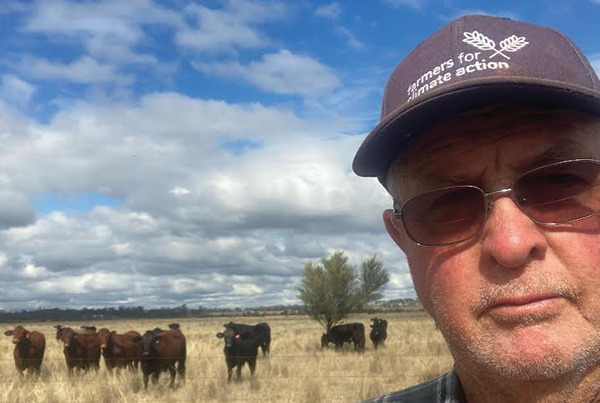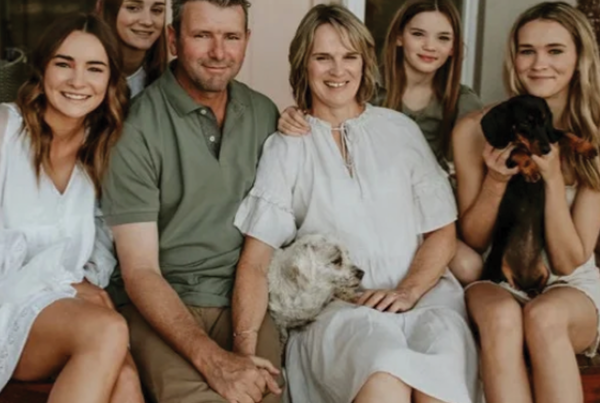At a glance
Who: Johnny Gardner
What: Sheep & Beef producer
Where: Cavendish, South West Victoria
Can you tell us about your property/enterprise?
We are a family owned and operated sheep and beef operation run in the Southern Grampians. With myself, Maddie and Son Moe involved in the business, I am fourth generation and custodians of this land since 1910.
We are a specialist prime lamb and Angus beef operation over 1,800ha.
Our commitment is to operate a professional, and profitable business across the property aggregations involving prime lamb production and beef cattle agistment or trading whilst ensuring to improve PEOPLE, PLANET and PROFIT when considering decision making and PREPAREDNESS always. With the keys of continual improvement and adaptation of the business model and education of all involved in the business to achieve a top 10% business continually.
What are some of the opportunities you see for your business/property in coming years?
We see a huge opportunity in improving our emissions intensity, this is underpinned by improving the efficiencies within our production system. With targeting the implantation of a lucerne finishing system to support lamb turn off weights and deep-rooted perennials for resilience in a more variable climate. We also see building some robust data around our emissions that we produce and the biodiversity on farm. We see this as a big part of building on continuous improvement for our farm business as well data driven transparency for what we do on farm.
And what are your main challenges now, and into the future?
I believe our main foreseeable challenges will be People, climate variability and commodity cycles. Whilst being underpinned by profitability. That is to continue to be an employer of choice will need to be constantly addressed, building a resilient business model to support climate variability and address the risk of the bottom end of the commodity cycle are our focusses now and into the future.
How has climate change impacted your farm business?
Climate variability has always been from of mind, and we continue to adapt our business model to minimise risk. Therefore, we see building in a finishing system with lucerne as a way to introduce a resilient deep rooted perennial legume underpin our business in regard to future climate impacts.
What are some of the on-farm adaptations or changes you’ve been employing in recent years and what’s driving them? How successful have they been, and what benefits have you seen as a result?
Over the past 5 years we have planted over 40,000 trees, gone from 40 paddocks to 114, continued to select improved genetics focussed on growth and meat quality and new establishment of perennial pastures. We continue to educate our people to underpinned everything we do on farm. We have seen improvements in weaning %, pasture utilisation and mortality rates across the farm.
We see establishing and retaining more legumes in our system a key focus for improving our production system.
What are your hopes for Ag in Australia, into the future?
I hope that Australia can continue on the path of being a leader in sustainable food and fibre production systems and this being underpinned by supportive policy decisions, driving continuous improvement. Australia is an incredible place to farm, and my hope is that our Government will continue to support primary producers in a consultative and collaborative fashion into the future.


